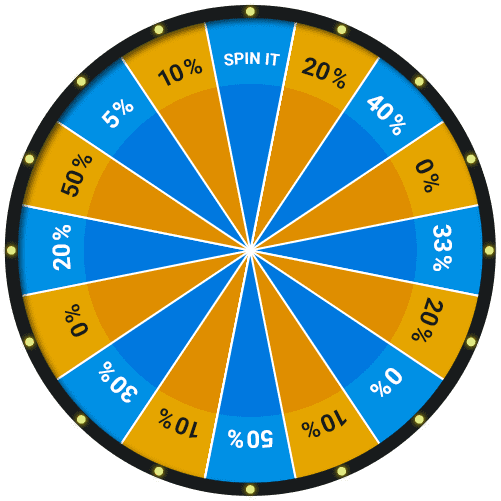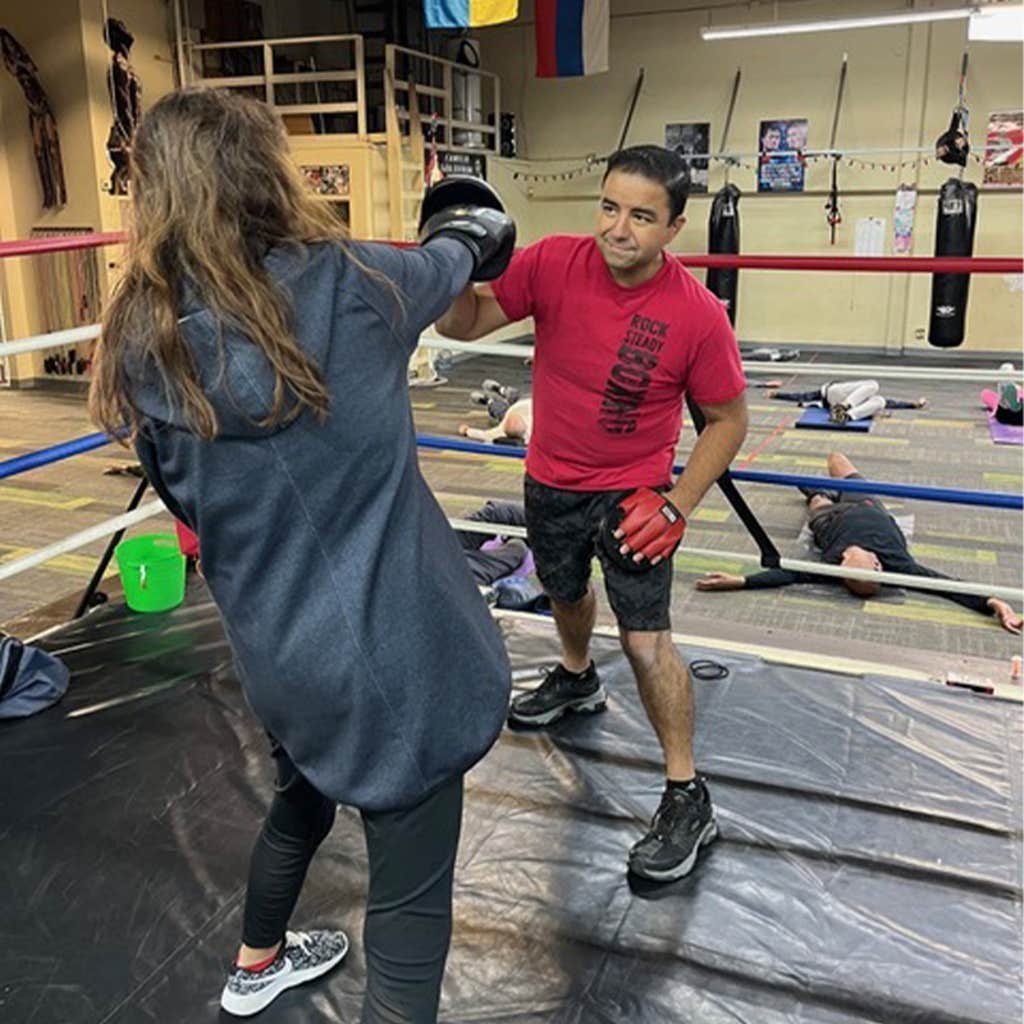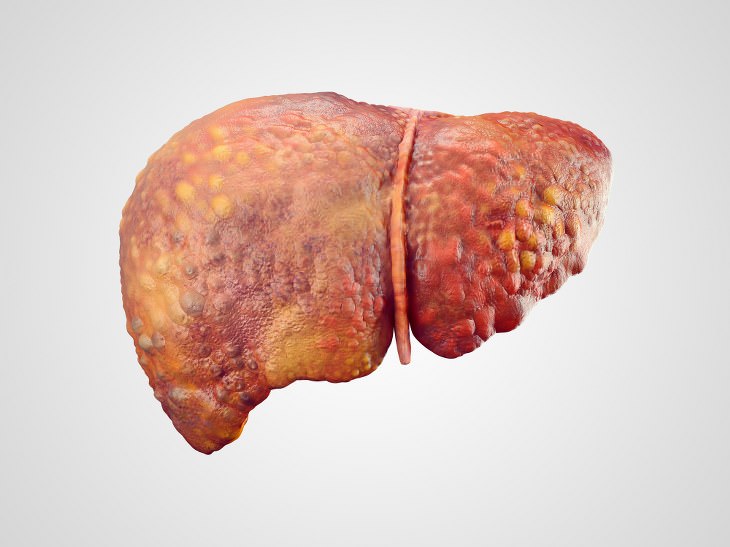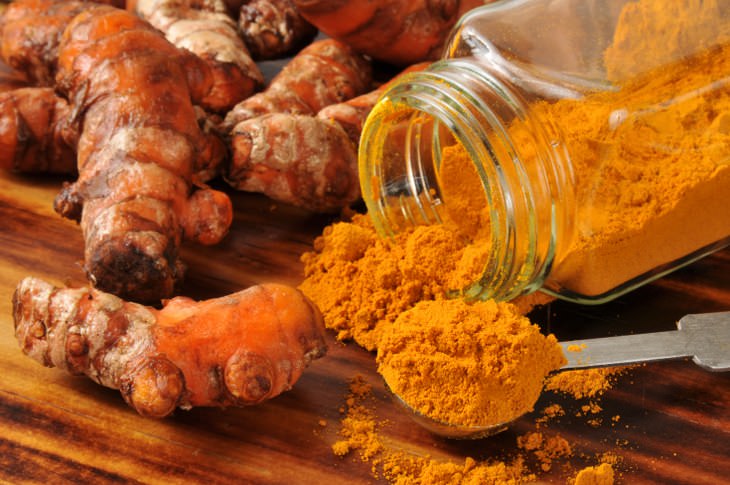For my other blogs, I'm giving the links below, feel free to view and comment too. https://cancersupportindia.blogspot.com. for all cancer and health related topics https://gseasyrecipes.blogspot.com. feel free to view for easy, simple and healthy recipes https://kneereplacement-stickclub.blogspot.com. for info on knee replacement https:// GSIyershome remedies.blogspot.com The last one is my new blog, as I was requested by my niece to start a separate blog for home remedies, as I was putting it all in my cancerblog. Feel free to share my blogs with others, if you find it useful. Thanks a lot, take care, be happy and be healthy.
Dr. Prem Swami - Indian Endocrinologist. Today he is considered to be the best specialist for diabetes treatment in the country. All the famous people with diabetes try to take the time to consult them. Patients from America, China, France, Germany, Great Britain and other countries also come to him. He is one of the foremost endocrinologist in the country. He has authored 32 scientific books, and journals have 3 times more scientific publications.

Dr. Prem Swami rarely gives interviews, but he agreed to answer our correspondent's questions. Below you'll find important tips to help fight diabetes.
Dr Prem Swamy completely confirms that in most of the cases type-2 diabetes can be treated with modern knowledge!
Topics covered:
- What is most important in the treatment of diabetes?
- Why do 95% of patients fail to cope with their condition?
- When is there a chance of complete cure of diabetes?
- What are the modern methods of fighting this disease?
Metformin is not what you need!
Dr. Prem Swami:
“Today, most of the diabetes treatments are based on metformin-based drugs. However, this is a delusion of illiterate patients and doctors. Metformin is a road to disease and early death. It's not a matter of treatment. If you visit your doctor with type 2 diabetes and he adds these medicines to his treatment, stay away from such a doctor.
Medicines in which the main substance is metformin: Bagomet, Vero-metformin, Glycomet, Glycon, Gliminfor, Glyformin, Glucofa, Glucophagus, Glucophage Long, Dianormet, Diaformin, Langerin, Metadion, Metformin, Metfogamma, Metformin, Novoformin.
All these medicines increase the level of insulin in the blood too much. With this amount of insulin, the blood becomes very thick. Due to the large amount of insulin in the body, it causes great harm. It almost destroys the liver, kidney and other excretory organs. Insulin is like stomach acid in consistency and action. Imagine what would happen if stomach acid flooded your internal organs. They will burn with acid!
The increased level of insulin destroys the cells, causing them to divide abnormally, and this is oncology. Because of this, according to statistics, 28% of diabetic patients develop cancer.
In addition, large amounts of insulin cause a rapid accumulation of cholesterol in the blood vessels, as insulin slows the flow of thickened blood. Because of which, the blood vessels get clogged with cholesterol, due to which the blood pressure rises. 98% of diabetic patients suffer from hypertension. And many other problems of the cardiovascular system arise in them.
List of side effects of metformin treatment
- Stomach problems (most often diarrhea, upset stomach, sour belching, stomach ulcers)
- High blood pressure – high blood pressure, especially in the evening, headache, ringing in the ears, fear wave
- Cirrhosis of the liver – The liver develops into connective tissues and stops cleaning the blood, and toxins build up throughout the body.
- Excretion of large amount of salts and sugars leads to the formation of stones in the kidneys.
- cancer related diseases
- early death due to damaged blood vessels
- blindness
The onset of diseases, of course, depends on the amount of drugs and the duration of taking them, as well as on the individual characteristics of the individual. However, it is not possible to get rid of them completely.
If metformin kills like this, then why use it?
Unfortunately, today most doctors are not concerned about the health of patients. I'd say no one cares. They just do their job and get paid for it. They do not care whether there is any improvement in your health or not. That is why without much thought, they prescribe the same medicines which are advised to them by the officials or ministries. And these drugs are made on the basis of metformin because there is a huge profit from their sale. And yes, they do have an effect, even if only for a short time.
There is no cure for indifference! Patients are not aware of the consequences of continuous use of this medicine, and do not feel it necessary to inform the doctors.
Treating Diabetes With Strong Chemicals – It's A Crime! But type 2 diabetes is curable! The main thing is just to choose the right treatment.
Dr. Prem Swami:
I often come across patients who have been on metformin for many years. These are sick people who grow old before their age.
As in the past, patients are often diagnosed with type 2 diabetes by chance during tests. And by that time the patient was feeling fine, and he never thought that his blood sugar level would have increased. After this he is advised to take metformin with increased dosage.
Consumption of which reduces the level of sugar in the blood, but with time, the patient's condition worsens. The patient starts complaining of constant fatigue, obesity, increased blood pressure, headache etc. Swelling starts in the feet and also on the face in the morning. A bell rings in the ears. The fingers start going numb and there is a feeling of coldness on their ends. Eyesight becomes weak. Memory deteriorates.
Doctors say that it is due to diabetes. But actually it is because of insulin!! And more precisely, metformin, which increases the production of hormones to abnormal levels!
Even if you don't feel like you don't need diabetes treatment. If you have to decide whether to treat diabetes with metformin or not to treat it at all, you will definitely choose the first option. If left untreated, type-2 diabetes will kill you even earlier. But with other symptoms.

Like candied cherries, they show the internal organs of diabetic patients. Liver, stomach, kidney, heart and most important blood vessels...
Tangled vessels and internal organs!
Imagine cherries or raspberries wrapped in sugar. The same happens with all vessels in diabetes. The walls of the vessels become completely saturated with sugar and become brittle. Due to which the ability of the vessels to contract and expand is over. First the fine vessels are destroyed, then the medium sized and then the large ones. These vessels nourish the internal organs. Long lasting diseases begin due to a decrease in blood supply.
How diabetes destroys from inside:
Loss of vision Diabetes means blindness. and blindness forever. It is impossible to correct vision loss caused by diabetes, even with laser treatment, as many hemorrhages cause the retina to detach.
Malfunctioning of the kidneys The sugar clogs the ureters, which makes the environment of the kidneys sweet. The sugar acts as a preservative and preserves the kidneys. And they slowly start dying. And continuing kidney failure starts happening – this is just the beginning. The kidneys can be completely destroyed.
Joints begin to tighten. Synovial fluid gives mobility to the joints. When blood vessels are no longer able to nourish the joints, synovial fluid production stops. Joints begin to dry out and wear out. Humans have so much pain that it is difficult to bear. Painkillers also do not help. The joints are completely closed and the person's ability to move on his own ends.
The nervous system is no different . Like many other organs, the nerves also suffer from excess sugar. Over time, patients with diabetes develop psychosis. The patient becomes emotionally unbalanced. He often starts having problems of depression, he does not feel good. He just wants to lie down, sleep and die.
The skin starts to rot! First, it becomes very dry, there are scratches, then eczema, and then ulcers. Muscles and bones begin to rot along with the skin. An unpleasant smell starts coming. It all ends with gangrene. However, diabetes is a very dangerous disease. But probably the most dangerous. I feel sorry for those who suffer from diabetes. I try to help them, but it all depends on them.

If there is no metformin, how is it possible to treat diabetes? For example, let's talk about a common pensioner citizen, who starts complaining of diabetes with age. Now the level of sugar in his blood has started increasing continuously. Let's assume that he takes metformin and he is not feeling well. What can he do to cure diabetes? Will he be able to heal himself?
I want to remind you again that type-2 diabetes is a complex, dangerous and systemic disease. It's not a cold or diarrhea. This is a very bad disease. The disease spreads throughout the body and therefore the treatment should also be at the level of the whole body. Simply raising insulin levels is not enough and is harmful.
The treatment of diabetes should be comprehensive and only with drugs that not only lower the sugar level but also protect the whole body.
If there's a specific way to help people manage their diabetes on their own, I 'd recommend Insulux like. It was prepared in 2015 at the Indian Institute of Endocrinology. Like metformin, it is not composed of chemical substances, but rather a natural antidiabetic complex, which includes more than 60 (!) different active components.
The composition of these Insulux includes all the most important vitamins, macro and micro elements required for type 2 diabetes. Insulux has 28 herbal extracts collected from different parts of the world.
The goodness of Insulux is that they do not cause any harm to the body, rather they provide strength to the body of diabetic patients. But most importantly, they have a positive effect on the disease from all sides.
60 Active Ingredients – That's too much. No other product in the world can boast of such a rich composition.
The effect of Insulux is just amazing! As soon as we started recommending it to our patients, the percentage of people recovering... I mean the number of people completely free from diabetes went up to 96%. This means that 96 out of 100 people say goodbye to this disease. There is no sugar in his blood anymore and his health is very good.
An open and truthful letter about the treatment of diabetes
I want to show you a letter from Sarika Bhagwati, an Indian pensioner lady. She was not treated in our clinic (she could not come to us as she was not feeling well). I advised him on Insulux over the telephone. In the end she was completely fine.
And here is his letter.

Sarika Bhagwati, 67 years old. Retired from job, and suffering from diabetes. She lives in Chennai.
“Why don't other doctors recommend miracle like Insulux? My diabetes was very high. I've been bothered by him for 18 years. From the age of 49, I started having serious problems with my eyes and kidneys. He had stopped working. I smelled of acetone. My daughter could not be around me. Along with this, there were frequent ulcers in the feet and the tips of the fingers started turning black. I was almost on the verge of death. Our doctors told me that I have less time left.
I asked my daughter to think about my last days. I had lived a very good life, but still didn't want to die. Even when I cried out loud that I wanted to die, I didn't want to die. I had my last hopes for your clinic. I knew you treat diabetes successfully, but still wasn't sure – everyone says it's not possible to cure it, that my going will be in vain. That's why I didn't go. But then I saw you on television and thought I'll call you.
Thank you so much for your advice and for sending Insulux. I started taking it immediately. It's been four months now, and I'm still alive. Doctors say that I will live longer, sugar level in my body has become normal. And I myself feel the same way. For the last 10 years, I had never felt so healthy and free from diabetes as I am now. I started getting better sleep, no longer feeling extreme thirst, frequent toilet visits, constant tiredness and weakness no longer felt. Now the blood pressure does not increase either. I am starting to look better now. My treatment is on now, but I am sure I will survive it. Many thanks to Insulux ."
Tell how soon you can cure diabetes with Insulux
To be honest, it takes time. It takes several months. This may take up to six months.
It is important to be prepared for a long treatment. But after treatment, you will no longer need to consume these Insulux, and you can lead a normal healthy life with diabetes as before.
Insulux helps everyone, even older people with weak immunity.
Insulux should be taken according to the course. Take it for 2 weeks, take 4-5 days off, and then continue the course. I will tell you all the steps how to take it.
restoration of blood vessels
The main function of Insulux is that they not only remove sugar from the blood, but also normalize the level of glucose. Also, due to the presence of Ginkgo biloba, they dissolve the sugar that has penetrated the walls of the vessels. Freed from this, the walls of the blood vessels begin to expand again by shrinking. It eliminates clots, cleans the vessels. Small capillaries are restored. Due to this, the patient's blood pressure stops rising, weakness and drowsiness end, bruises and wounds heal quickly. Apart from this, more power is available. People immediately feel like taking care of the house and garden.
normalization of glucose levels
Insuluxdoes not increase insulin levels, so it is not harmful. But its effect is very beneficial, these Insulux reduce insulin resistance. This is a wonderful quality. The biologically active ingredients of these Insulux penetrate and restore their balance in muscle, fat and liver cells, making them respond better to hormones present in the blood. In medicine, this process is called "secondary cell formation". As a result, over time the cells begin to use the more active glucose, reducing its accumulation in the blood. This is the safest way for the body to use glucose.
Patients feel much better throughout the day, even after eating. Thirst no longer bothers them. Eczema and rashes disappear. Itching in the genitals stops. Patients stop going to the toilet frequently.
As for the physical indicators, the level of glycated hemoglobin decreases, the presence of sugar and acetone in the urine decreases.
Excess fat melts away!
Excess weight worsens the condition of diabetic patients by about 45 times. That's why one of the functions of Insulux is weight loss. This is possible for two reasons. Cells begin to actively digest sugar and convert it into energy. Secondly, this complex contains a strong extract of Tribulus Terrestris, the most powerful natural fat burning substance.
Loss of 10 kg reduces the risk of dangerous consequences of diabetes by about 50%.
Other Possible Improvements
Most of the diabetic patients do not have strength. One of the amazing functions of Insulux is to improve testosterone levels, and restore healthy masculine strength. Men are able to have sex even at the age of 5060.
Improves the condition of skin, bones and muscles.
Even the damaged skin gets better. The ulcers heal, the skin stops rotting and it starts drying up. The same happens with bones, their healthy structure is restored. They are no longer weak. Restoration of all tissues takes place, muscle elasticity increases.

Butterfly effect for any diabetic patient!
The action ofInsulux is similar to that of a butterfly's wings, which initiates a chain reaction to heal the internal organs and improve health. From improving the function of blood vessels to improving eyesight and joints.
lightheadedness in the morning
You wake up in the morning and can easily get out of bed. You don't need to force yourself to lift, straighten your arms and legs, rub your numb feet, and stroke your back and neck. In the morning your body is full of energy and strength.
great health and mood
Morning and all day too. Able to sleep peacefully and adequately. You start feeling young. Do not have to go to the toilet again and again at night. There is no pain anywhere, and there is no itching anywhere.
delicious breakfast
You start adding different types of food to the food list, you no longer need a strict diet. You get to taste the dishes that you remember now. No need for a low carbohydrate diet anymore. Enjoy the taste of your favorite food!
tremendous power
You won't have to worry about your feet when you leave the house – walking won't work for you, but you can walk around all day, and your feet won't get tired or swollen. There are no traces of sandals, shoes, socks etc. on the swollen feet.
deep peace
You become very calm and relaxed. There is no longer the constant pain that used to haunt the mind and you could not concentrate on anything else. When there is no pain, all kinds of things, sounds, scents become very apparent that you had forgotten about for a long time.
seems to be
Very bad eyesight also slowly starts getting better. What you didn't see before, is now clearly visible. You will be able to see the bus number again from afar. You will be able to enjoy the beauty of nature again.
And most importantly your life will increase! And even in old age you will feel healthy and energetic. Your loved ones will not have to take care of you, you will be able to take care of yourself.
Lack of Insulux in Indian drugstores!
As far as you know Insulux is very difficult to buy in drugstores. These Insulux are rarely available. Is it true? And what advice would you give to Indian diabetic patients?
-Yes this is true! Insulux is produced in small quantities and in limited quantities, so they do not reach the youth shops. A large part of this, unfortunately, goes outside the country. And a part is bought by private clinics.
But I have good news for readers of your magazine: in consultation with my co-workers, I propose to offer the Insulux. I've purchased to your readers at the lowest cost possible. We will deliver these Insulux directly to people's homes by post. in any part of India.
InsuluxLet me tell you about the terms of ordering Insulux.
you:
- You must be in India. We will not ship Insulux out of the country.
- You may take Insulux for personal use only. We request people not to sell these high profit Insulux to other people. Making money from patients is inhuman! Insulux will be sent to one person in an amount that is enough to treat one person – or two people, if there are multiple people in the family with diabetes.
Take advantage of this opportunity, till this news spreads to other people!!
Unfortunately we do not have these Insulux in sufficient quantity for all diabetics in India. That's why we've decided to send it to only those people who leave their request on our site before others. If you are looking to cure diabetes with the help of this wonderful complex, I recommend that you send your request as soon as it is available.
Please pay attention!
Visitors to our site can order Insulux for up to 50% off! For this turn the wheel of fortune by pressing the «SPIN» button and wait for it to stop completely. Who knows you might be the lucky one to be able to save big today! Congratulations!

https://gscrochetdesigns.blogspot.com. one can see my crochet creations
https://gseasyrecipes.blogspot.com. feel free to view for easy, simple and healthy recipes
https://kneereplacement-stickclub.blogspot.com. for info on knee replacement
https://cancersupportindia.blogspot.com for infor on cancer and health related topics
https://GSiyers home remedies.blogspot.com is the latest addition to my blogs. I'm going to add posts there, do give me your valuable feed back on my blogs. Thanks a lot, take care, be healthy and be happy.


 COACH ROB: After
beating childhood cancer, Rob Putnam went on to become a featherweight
boxer. Now he’s the head coach of the Rock Steady Boxing program in
Santa Clara, California, helping people fight Parkinson’s disease. P
COACH ROB: After
beating childhood cancer, Rob Putnam went on to become a featherweight
boxer. Now he’s the head coach of the Rock Steady Boxing program in
Santa Clara, California, helping people fight Parkinson’s disease. P


